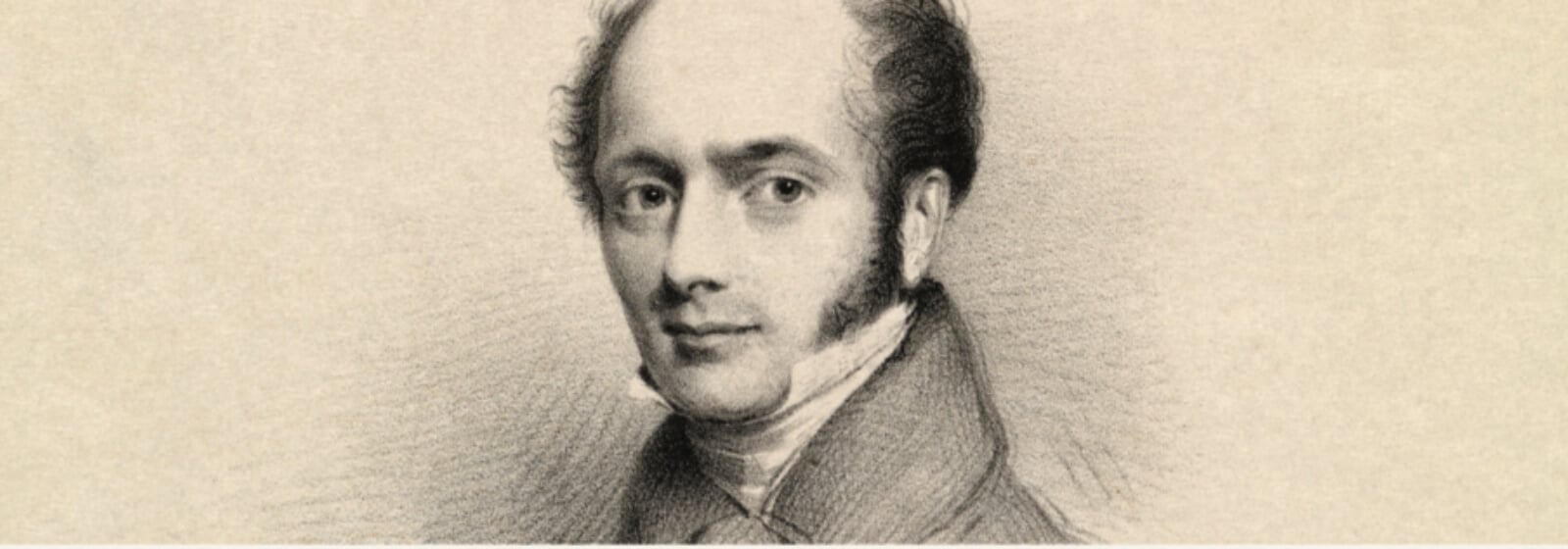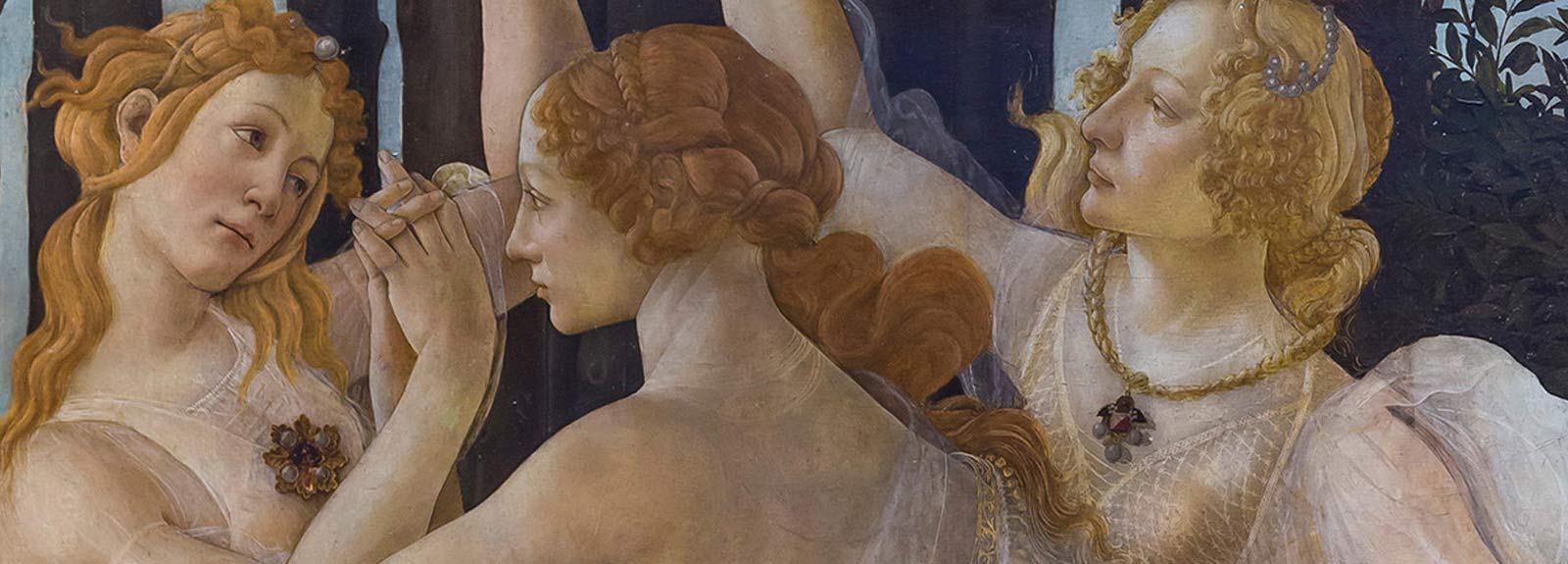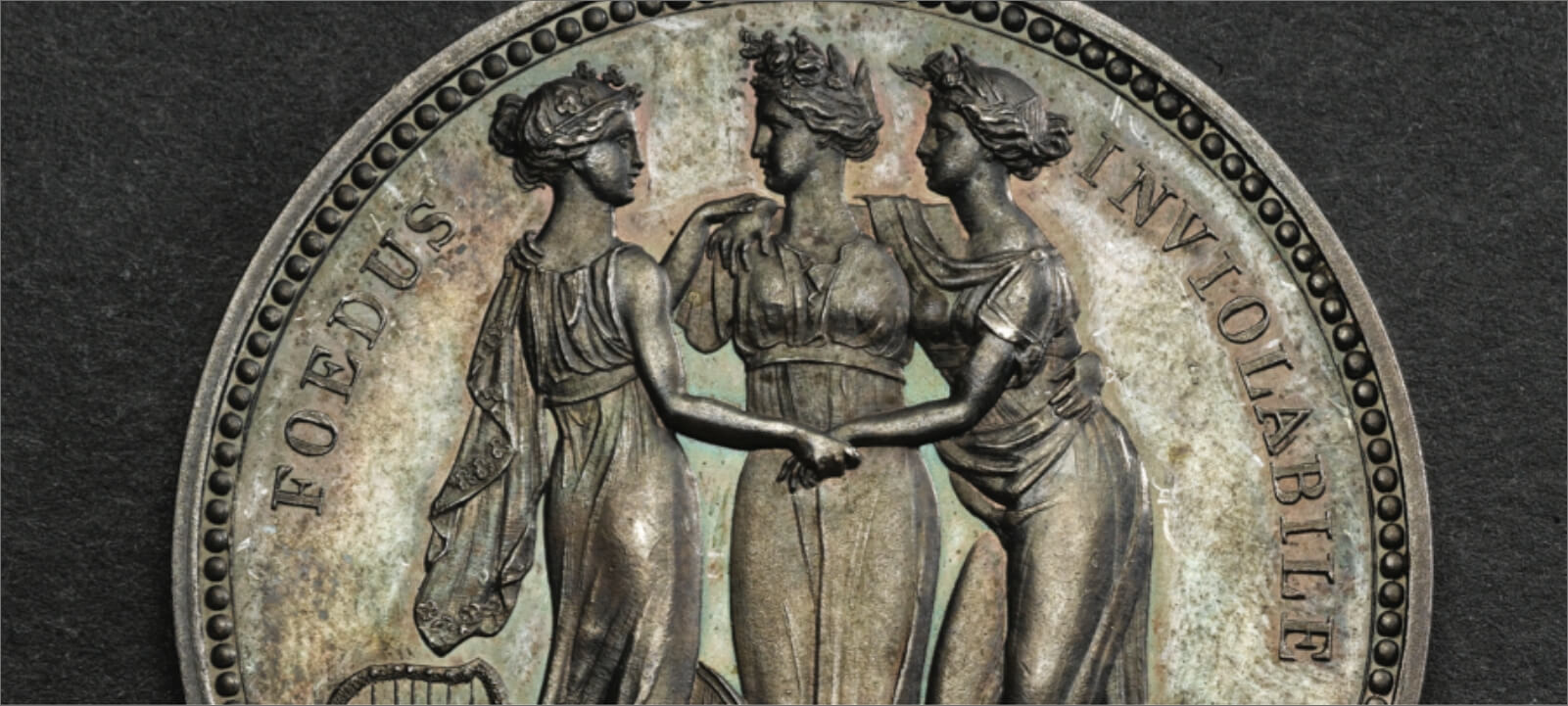Part of a numismatic dynasty – his uncle Thomas, cousin Thomas Junior and son Leonard all achieved prominence at The Royal Mint – William Wyon began working at Tower Hill in 1816. He started out as an assistant engraver, and it was Benedetto Pistrucci who was the established master of the craft at this time. However, when Pistrucci’s designs for the new half-crown, sixpence and shillings of 1816 attracted criticism, the young engraver saw an opportunity to showcase his skills and advance his career.
Still learning his craft but aspiring to greatness, Wyon produced The Three Graces design in 1817, funding the endeavour himself. Only around 50 pattern coins featuring the design were ever struck and it never entered circulation. Possessing an immediacy and naïve vigour, it lacked the clinical perfection of his later designs but was still indicative of extraordinary talent.

The Daughters of Zeus
The design reflected the cultural zeitgeist. This was a time of renewed interest in the classical world – the Elgin Marbles had recently been transported from Greece to Britain – and Wyon looked to neoclassical sculptures like Antonio Canova’s The Three Graces for inspiration. In Greek mythology, the Three Graces are the daughters of Zeus, the ruler of the gods on Mount Olympus.
Classical texts describe them as being able to bestow certain qualities upon mortals: Euphrosyne (mirth), Aglaia (elegance) and Thalia (youth and beauty). Extracting them from their usual artistic setting, Wyon recast them as figures representing England, Scotland and Ireland. Coming soon after the 1801 Act of Union between Great Britain and Ireland, Wyon set out to convey the equality of the two nations.

An Astonishing Output
As an engraver, Wyon was as prodigious as he was talented, and The Three Graces design marked the start of an astonishing body of work. It was followed by the seated Britannia of the 1820s, the lion sixpences and shillings of George IV, and a regal Una and the Lion on the famous five-pound piece of 1839, along with his coin and medal portraits of Queen Victoria for which he is perhaps best known.
Artistic Rivals
It also saw the start of an intense rivalry between Wyon and Pistrucci. As two very different characters, each man strove to outdo the other, resulting in a golden age for The Royal Mint. Recognition for Wyon was not always forthcoming, and remarkably, doubts persisted about his ability. As a modest man, his talents were overlooked while William Wellesley Pole was Master of the Mint. Pole appeared to value the skills of Wyon’s great rival Pistrucci more highly but the temperamental Italian disgraced himself by refusing to copy Chantrey’s bust of George IV.
With Pole gone, this opened the door for Wyon, who was finally promoted to Chief Engraver in 1828, more than a decade after he had announced himself with The Three Graces design. Pistrucci also wanted the post and attempts to placate him with the title Chief Medallist failed. He railed against Wyon’s appointment publically through the newspapers, maintaining that he should have been chosen for the role.

